This website uses cookies so that we can provide you with the best user experience possible. Cookie information is stored in your browser and performs functions such as recognising you when you return to our website and helping our team to understand which sections of the website you find most interesting and useful.
Urban Garden Design Ideas for a Sustainable Oasis
Creating a sustainable oasis in the heart of the city is not only possible but deeply rewarding. Urban garden design transforms small or unconventional spaces into lush, inviting retreats that contribute to a healthier environment. This guide will introduce dynamic design ideas tailored for urban gardeners aiming to cultivate beauty, productivity, and sustainability, all within the constraints of modern city living. Explore innovative uses of vertical spaces, efficient water management, native plant selection, and creative multi-functional features that turn every corner, rooftop, or balcony into a thriving green haven. Embrace these inspiring concepts and tips to nurture your own urban oasis that marries eco-consciousness with contemporary style.
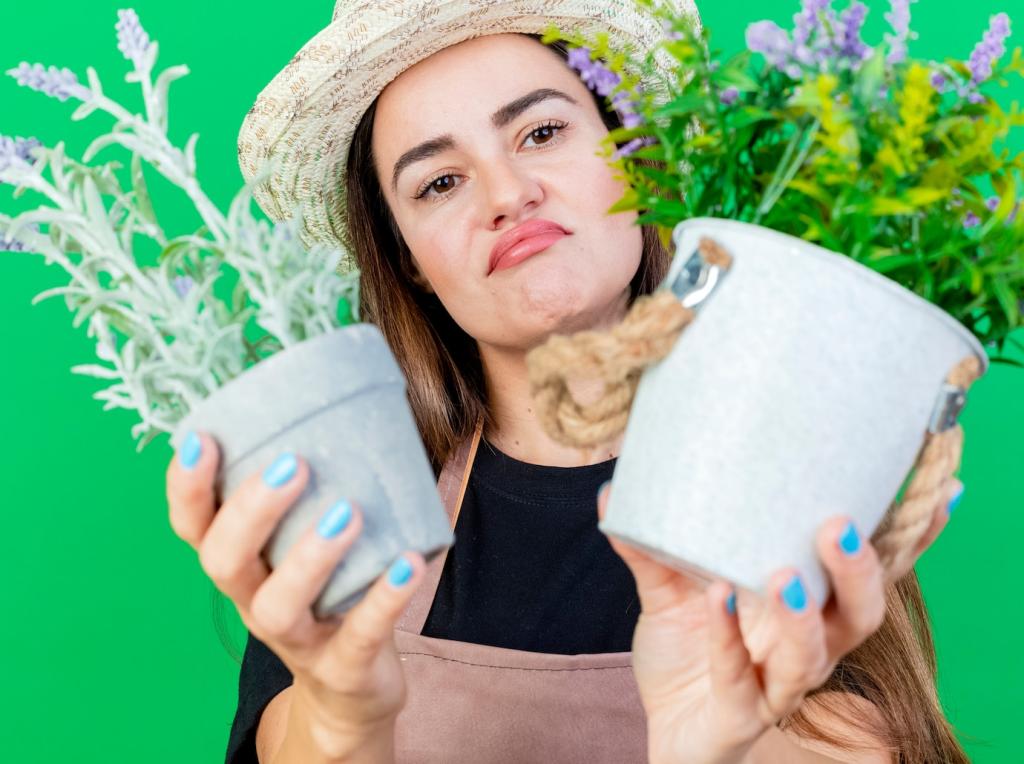
Maximizing Space with Vertical Gardens
Container Gardening for Flexibility
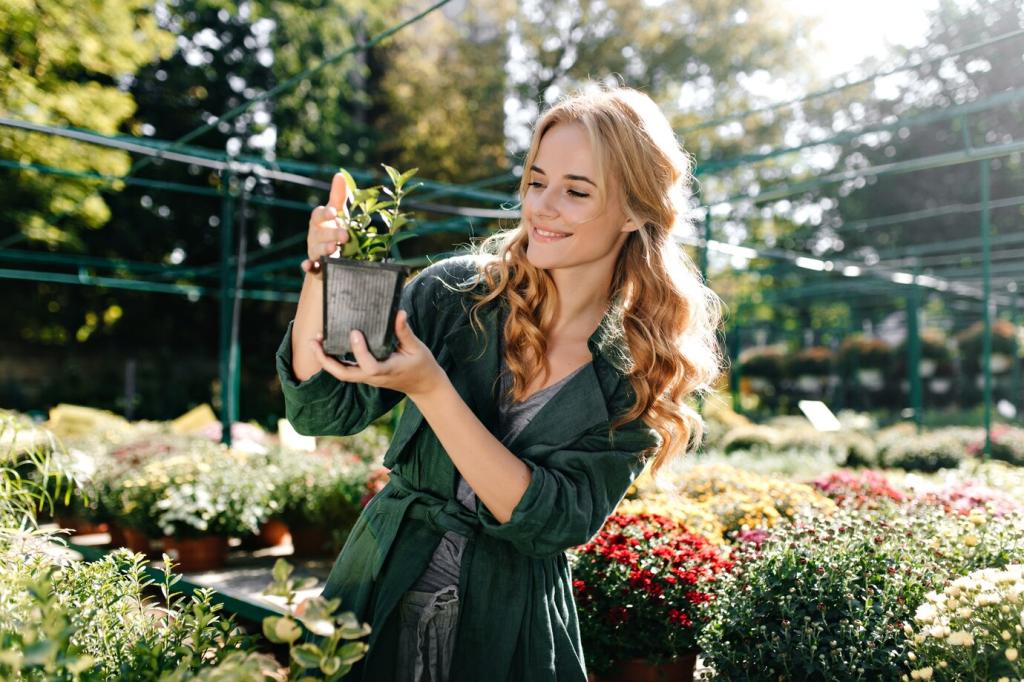
Sustainable Water Management
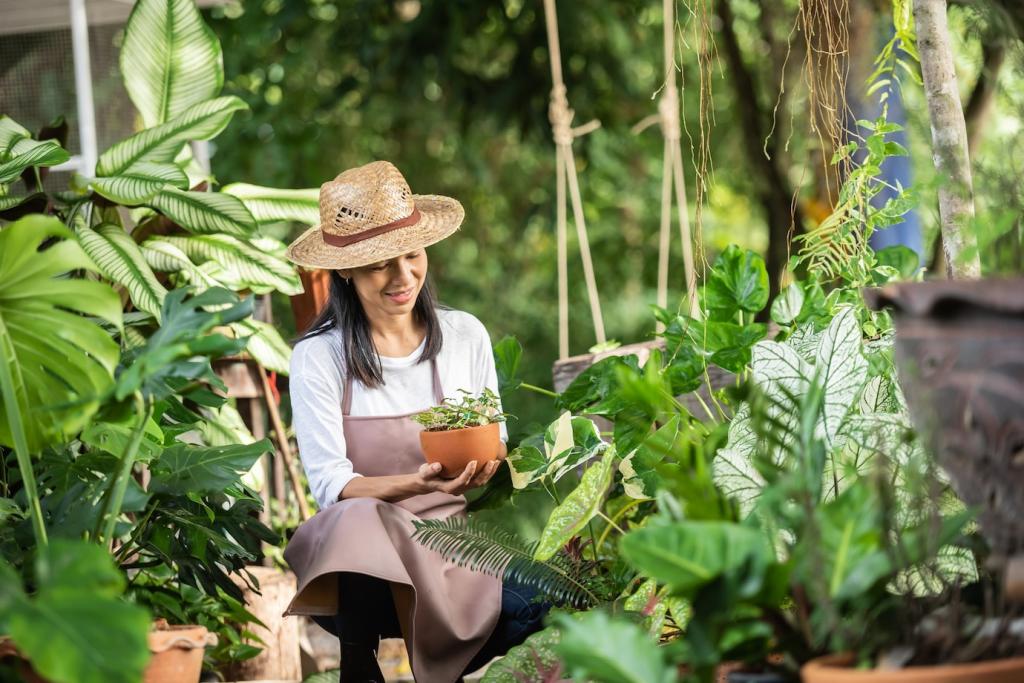
Benefits of Native Species
Highlighting Drought-Tolerant Varieties
Multi-Use Spaces for Living and Growing
Enhancing Biodiversity and Wildlife
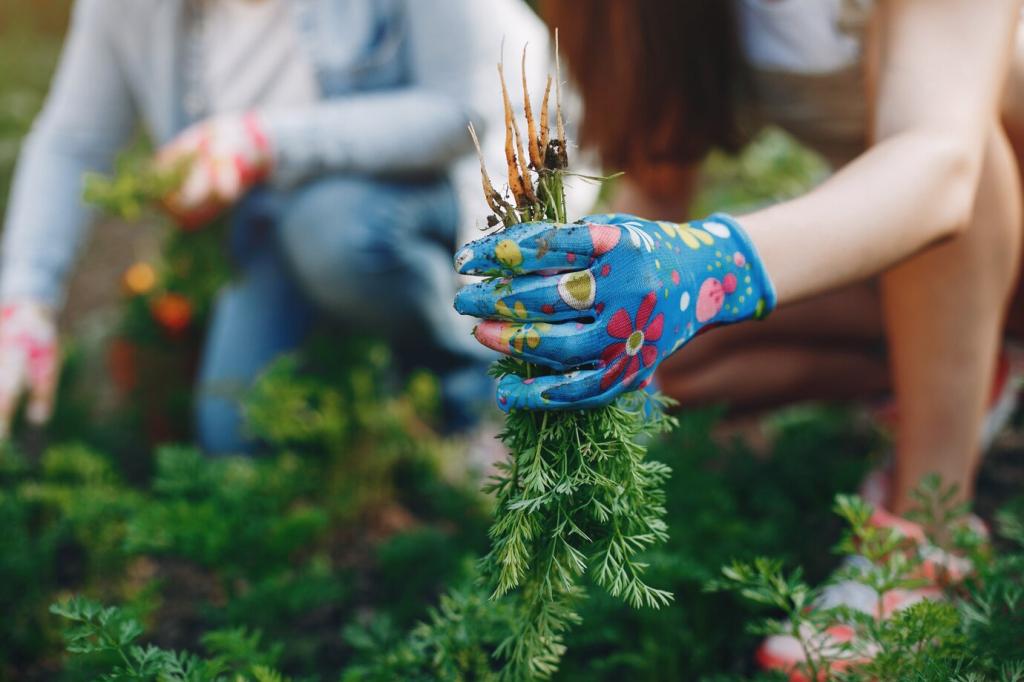
Automated Irrigation and Water Sensors
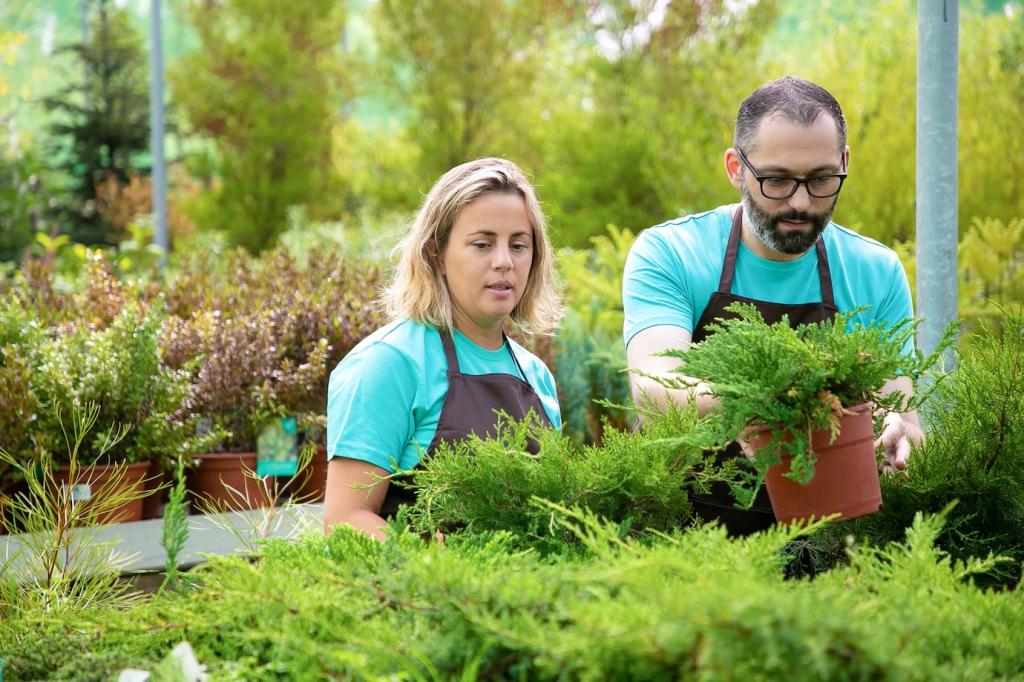
Solar Power for Urban Gardens


